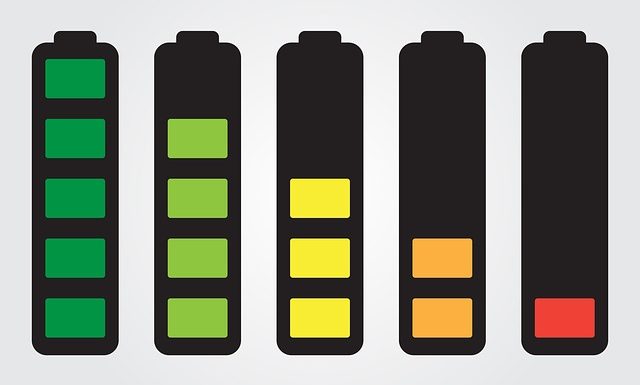
Since the time smartphones came into existence, they have taken half of our burdens and responsibilities from our shoulders. If we need any information, we search on our phones, if we have to remind ourselves of an important activity, we set alarms. With so much of dependency on smartphones, the phones have to be a lot smarter in order to serve smartly.
Many advanced features are added on a regular basis to make our lives better and with added features and upgrades; we require a battery that can endure so many upgrades. Depending on the phone’s size, shape and features, their batteries also differ. We need batteries that are smaller, lighter and made from less toxic material.
Essentially, there are 4 different battery types used for different mobile phones, explained in detail below:
1) Nickel Cadmium
Nickel Cadmium battery suffers from what is known as the Memory Effect. It is a phenomenon which occurs when you recharge your battery without waiting for it to get discharged. Let say your phone is 100% charged and you plug it in to charge it again. In this way, the power saving chip will cut off the supply of current but as soon as the battery gets reduced to even a little, the current will flow again.
This repeated charging ends up reducing the battery capacity further limiting the lifespan of the phone. These batteries are also made from toxic materials which are not at all friendly towards the environment. Because of these reasons this battery has become non-existent.
2) Nickel Metal Hydride
These are similar to Nickel Cadmium batteries but they have twice as much energy and run 30 to 40% longer. They are also made from environment-friendly materials and the composition materials lead to less effect by the adverse “memory effect”. However, voltage drops still happen after several hundred charges.
3) Lithium Ion
The technology implemented in this battery type is advanced. And so it allows for a high charge capacity, relative to the size and weight of the battery. Hence, it is an expensive investment and because of its advanced technology, it won’t work for older mobile phones. One major advantage of this type of battery is that it isn’t subjected to the ‘Memory Effect’.
4) Lithium Polymer
Lithium Polymer batteries are the most advanced of all the batteries. They don’t suffer from memory effect and are made from the environmental-friendly material. It comes encased in a plastic body instead of a metal one, making it more sleek, slim, lightweight and safe in comparison to other battery types. They can also hold up to 40% more charging capacity than Nickel Metal Hydride batteries.
Another battery technology worth mentioning is Lithium Technology. It is going to be 1000 times more powerful than all the other ones. They are still in an early phase of development but once they come to life they will bring in a revolution to battery technology.
Nickel Cadmium and Nickel Metal Hydride batteries have already become redundant and are hardly used in mobile phones anymore. As for Lithium ion, they are still used in phones and considered to be one of the best options for smartphones.
Few smartphones that come with such batteries, ensuring a powerful battery backup includes Redmi 4, Lenovo Phab 2. Lithium Polymer, which has a slight edge over its other battery competitors comes in brands like Panasonic Smart Phones (Panasonic Eluga Ray 700 with 5000mAh battery, Panasonic Eluga Ray 500 with 4000mAh, Panasonic P55 with 5000mAh), Honor phones (Honor 7X with 4100mAh battery, Honor 6X with 3340mAh battery).

